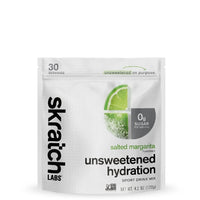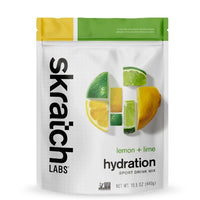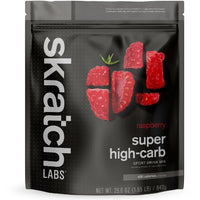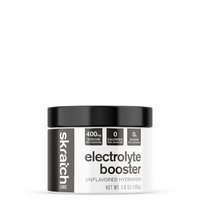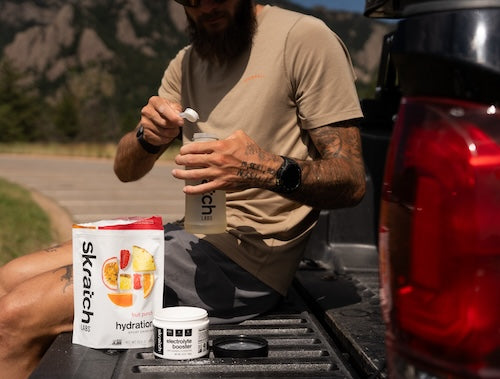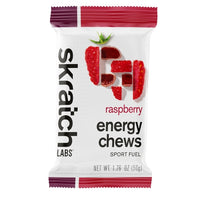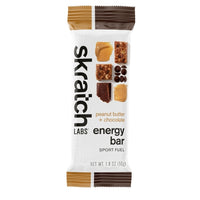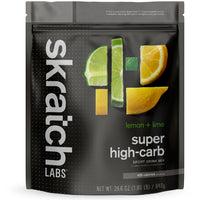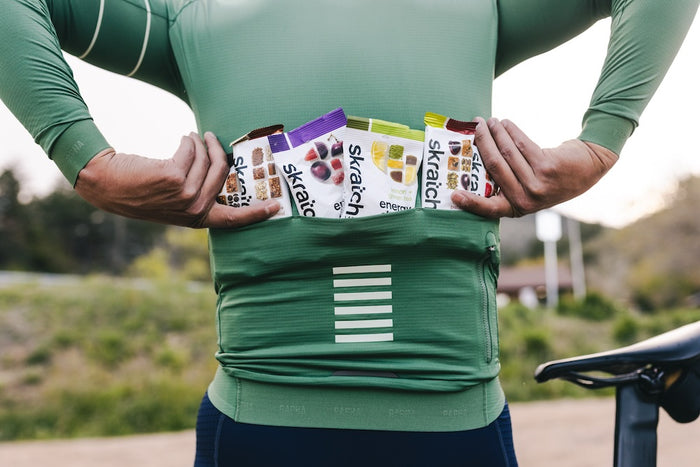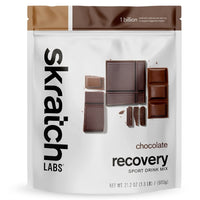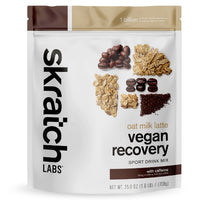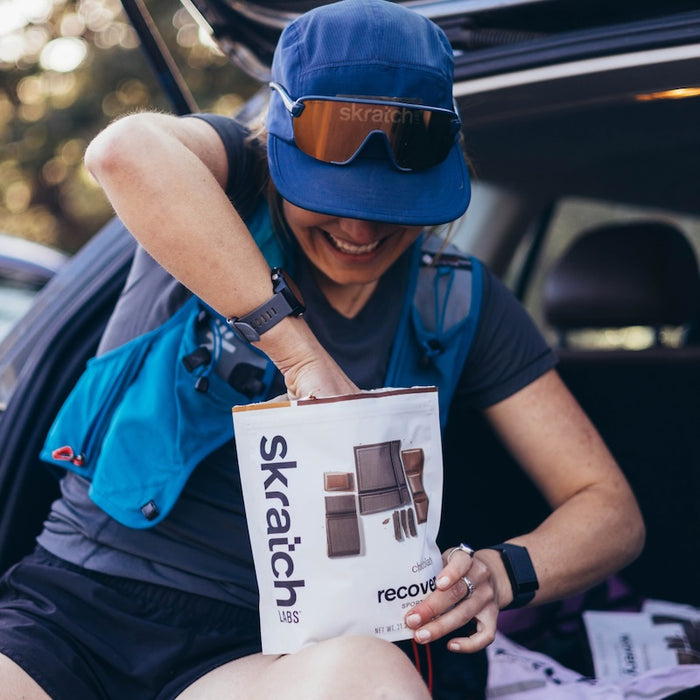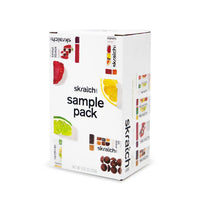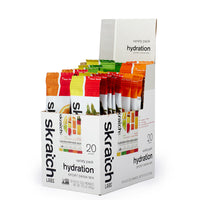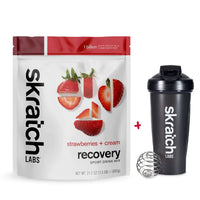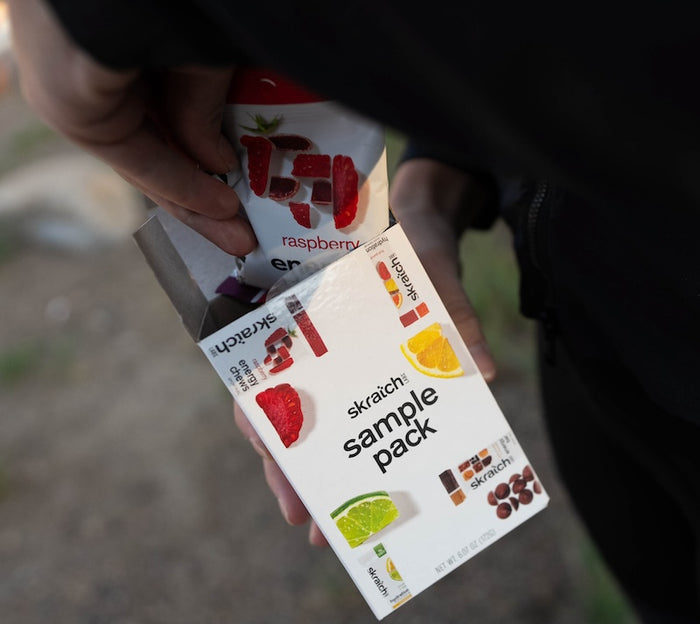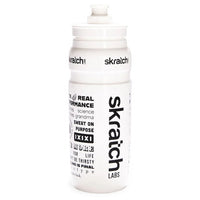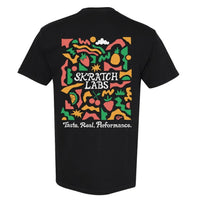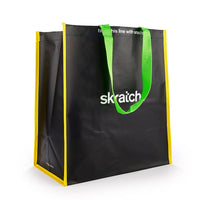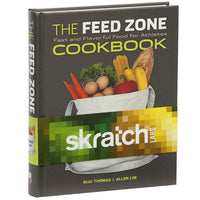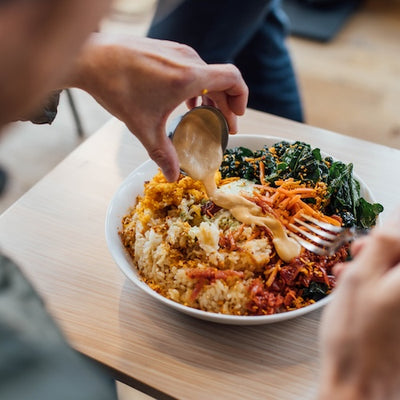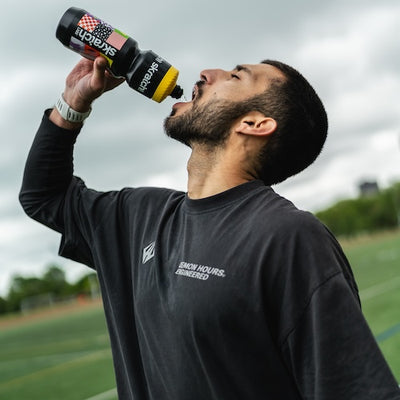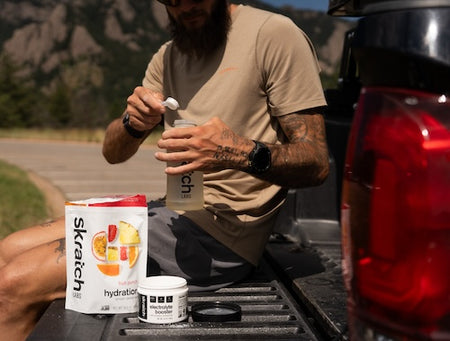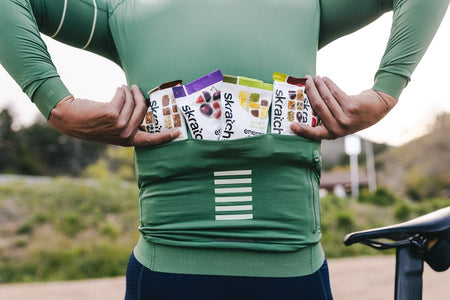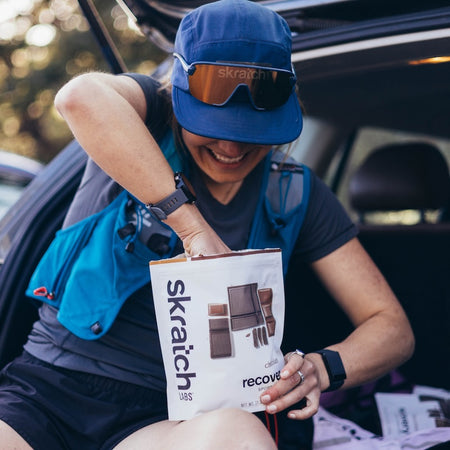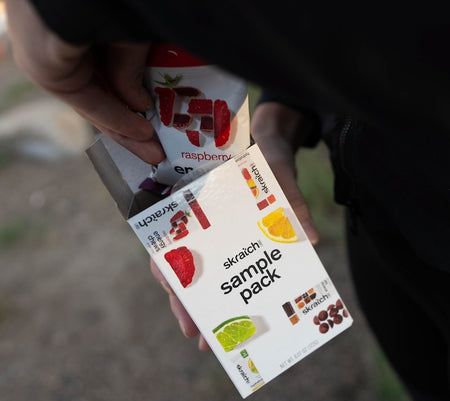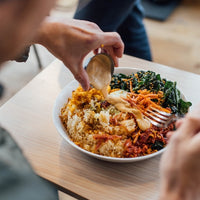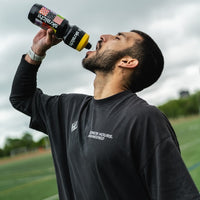Select content transcribed, edited, and sourced from Dr. Lim's interview with the Leadville-100 Bike Podcast.
Please remeber numbers for electrolytes, carbs, fluid will vary based on individual needs, weather, effort, etc.
To hear the rest of Allen's tips listen here:
What do you have spread out on the tables? What are you handing up there, to your racers at Leadville?
I always bring rice cakes, they're easy to eat, they're savory and very different from what you might find on course, and they satisfy this kind of urge or need for something salty. This is a really simple recipe of sushi rice mixed with a little Bragg's aminos, some olive oil, some vinegar, and a little bit of maple syrup for the rice base. And then we add scrambled eggs and chopped up bacon to that, put it in a brownie pan, cut them up in little brownie squares, wrap them up in a paper foil and that's just kind of an in-case kind of thing at the feed zone. Sometimes racers just want to stuff their mouths and take some time to chew and fill their stomachs.
The other thing we have is we have regular sports drink at a 4% solution. That's four grams per every 100 mils. And we usually keep that at about 800 milligrams of sodium per liter. And then we have our high carb solution. Depending on the athlete, we know that they can handle anywhere from 20% to 40% solution of that carbohydrate that's, you know, 20 grams per 100 mils or 40 grams per 100 mils at that level, you know 20 grand per 100 mils that gives 800 milligrams of sodium per liter which is about equivalent to salt. But for you know, people who lose more at 40 grams at 1600.
We often find that some people can double our sports drink to get more salt in and that doesn't cause any GI distress. So we'll have that in either Camelbaks or a HydraPak soft flask in 150 mils doses as well. I've seen athletes get by just refilling bottles in the cages and going through 150 mil HydraPak with 50 grams of carbohydrate per hour.
The last thing we'll have in the feed zone is chicken broth or bone broth, salty and savory liquids. What's interesting is that we unknowingly like soup when it starts to approach the same saltiness as blood, about 3500 milligrams of sodium per liter. So we keep our broth at about 4000 ish milligrams of sodium per liter, that's a lot of salt. But if someone's in a bad way, and we know that they just haven't been getting enough sodium during the event, we'll give them that broth. The broth usually helps to really bring them back, and it's equivalent to almost giving them a bit of a saline solution in the feed zone.
Pro tip: Skratch High-Sodium Drink Mix (This product has been discontinued. If you would like to recreate it, combine 3 servings of Everyday Drink Mix to 1 serving of Sport Drink Mix to 500 ml of water). Campbell's single serve, whole top soups, the chicken instars all pack a sodium punch. In the race event, they are a convient solution for when your body is needing to replace severe amounts of electrolytes (mostly sodium)!

All Images from Skratchlete Greg Erwin.
Let's talk sodium and sweat
Most people will be losing about 1000 milligrams of sodium per liter of sweat. And at a race, like Leadville, it's so high and dry that you could easily be losing two liters per hour through sweat. Alright, so that's 2000 milligrams of sodium, and some people can lose a lot more up to 1500, or 2000 milligrams per liter of sweat. Other people are lucky genetically that they may only be losing 500 milligrams of sodium per liter.
What's interesting is that if you drinking to thirst and find that on your training rides you are still losing a lot of body weight, meaning more than 3% of your body weight for a training session, instead of trying to force yourself to drink more I would recommend adding more sodium to your drink mix. If that corrects itself, then you're good to go. By adding extra sodium you will increase your drive for thirst, and thus self-correct.
For those who seem to be under-drinking water, just add more sodium. One of the things the thirst mechanism is responding to during exercise is electrolyte balance, and it will keep you from drinking an excess of water if you don't have enough sodium in the pool. The act of losing sodium in sweat would explain why some people might be under-hydrated by thirst, and that's an important reason they're keeping themselves in electrolyte balance, a good protective mechanism. We always tell people not to drink beyond their thirst mechanism, but if they find themselves really dehydrated, listen to that thirst to increase the sodium and let sodium lead to drinking, not vice versa.

Race day tactics for fueling itself.
Let's start at the starting line. You've got to keep a couple of concepts in mind that while you want to have an even pace, there are going to be terrain situations that force you to go a lot harder. Whether that's a big climb, or a race situation, or occasions when we tend to come out of the gates a little harder.
Number One
So at the start line, we always have the athletes start consuming carbohydrate about 10 minutes before they actually start and try to pre-load. It's really cold at Leadville in the morning time and so it can be a little hard to do that. We have this formula called our clear hydration (This product has been discontinued. If you would like to recreate it, add 1 serving of Everyday Drink Mix to 1 rounded scoop (15 grams) of our Super High Carb Drink Mix) which is basically made out of the cluster dextran or the highly branched cyclic dextrin but it has a sodium amount that is equivalent to our sports drinks. So the carbohydrate electrolyte concentration is higher on the electrolyte side for that product. We will put in about 80 grams of that in a half liter bottle. That group that gets the salt level up to about sailing about 3500 milligrams of sodium per liter. We have the athletes drink beer The whole bottle to half the bottle 10 minutes at the start line just to preload themselves with carbohydrate with a really salty fluid so that they don't need to urinate. It helps keep the kidneys from needing to filter that excess water out, especially when it's cold. This gets their blood sugar up before the beginning of the race and also gives them a little bit of extra fluid at the beginning of the race.
Keep in mind, when it's so cold, the cold can act as a bit of a diuretic. We're trying to manage a higher concentration of carbohydrate with the cluster dextran, as well as this really high sodium initially, to try to keep the athletes from needing to urinate too much.
Number two
You want to keep very consistent if the goal is 60 grams of carbohydrate per hour to get that paste in on time. What we'll try to do is also add the geography into account. If they're about to hit a major client, like powerline, or whatever it is 10 minutes before they hit that, we'll do at least one of those little 150 mil flasks with 40 grams of carbohydrate, 20 grams of carbohydrate, just so that as they're approaching that claim that our blood sugar is also peaking. It can take anywhere from 5-15 minutes for that blood sugar to start to rise after you take on some liquid carbohydrate. This is another part of the pacing strategy.
As you hit the pavement after descending down, about 10 minutes before you start the Sugar Loaf climb, that is a good time to go ahead and get that fuel on.
There's another thing that I've learned from the marathon is that even though these athletes are running as fast as they can, they know that feeding is so important that if something goes wrong, as they're trying to pick something up at one of those feed zone tables, they won't just bypass it, they'll stop. They'll take their time, stop enough so that they can actually lower the ventilation rate and fuel and then keep on going. Preventing that bonk is way more important than losing 30-40 seconds. If it means that you actually have to stop mid race at a number of points and give up a minute, just so that you can properly feed yourself, then those 5-6 minutes could translate into what might otherwise be a lost hour.

Second quarter of the race that is from pipeline. You've got 15 miles of more or less rolling, flattish riding, and then you've got one of the two iconic climbs of the day, the Columbine climb to 12,500ft. What is the feeding strategy for these two vastly different kinds of riding linked up together?
I think for most people, the advice is STOP IT pipeline. I see the front runners always come through grabbing a new bottle, taking in their gels and food, taking care of themselves, etc. There is this kind of natural pause. I think forcing yourself to do a bit of a reset through there is really important. The idea is that you are being consistent, as opposed to trying to do a whole entire lunch break there. It is important as well because you never want to take on too much at one time. You want to be consistent.
And then how about any fueling recommendations as you conquer the big climb of the day, the climb up to the turnaround at Columbine, where you're 12,500 feet and then rocketing back down?
If you have done things right, you should be able to focus on the climb without being worried about what's going in your mouth. That being said, there could also be a point where the temperature gets really hot, and another idea or strategy might be to pour plain water over yourself to cool off in an effort to lower your body temperature.
In addition to nutrition, it's important to ensure that you've been on track with your hydration, carbohydrate intake, and electrolytes. You might want to lower your pace temporarily just so your body temperature cools off and to give yourself a buffer to be able to ride a harder intensity and let your body temp come back up again.

What can racers do to ensure that once they get to mile 75 and have completed what is considered the hardest part of the day, that they still have something left in the tank...
My biggest recommendation is to stop and take a moment. Take some time, reset, cool off, slow down your breathing, have a rice cake or something solid to eat, that 5-10 minutes you take to reset could actually save the whole rest of the race, especially when you're that weird 60 to 75 mile point and you're really fatigued. And you have a lot of challenging course left, as well as that weird flat section to win can get really weird and swirly sometimes. And all of a sudden, it's like, oh my God, I didn't even account for the fact that now, out of nowhere, there's some sort of headwind and head cross winds, so common in that section of the rail. So just stop, take a moment that 10-15 minutes that reset could change the whole, you know, next 20-30 miles
Getting up power line... It is just four miles, but you are exhausted. An intensely difficult climb, followed by a quick descent, and then another intensely difficult three mile plus road climb. Any fuelling tips just for getting through to the end of the race?
I think the biggest fueling tip at that point is that remember, throughout the whole entire race, the fueling that you've done is going to provide you the energy for that last moment. So even in the first hour of Leadville, the fuel you take on is helping you for that very last section. Right. And so I can't emphasize enough how much consistency ahead of the day matters. You're spending maybe nine hours or more just preparing for that last section. I don't think at that point that there is any kind of magic that you might be able to employ. If you haven't already been.
And maybe if you know that you're in trouble, the recommendation would be take 10 or 15 minutes to sit down. Drink, eat. Allow yourself kind of the blood flow to absorb all those nutrients so that you can give all of your resources to absorbing that fuel and then going for it.
To hear the rest of Allen's tips listen here:

For more sports nutrition advice and recipe check out Dr. Lim and Chef Biju Thomas' cookbooks.
